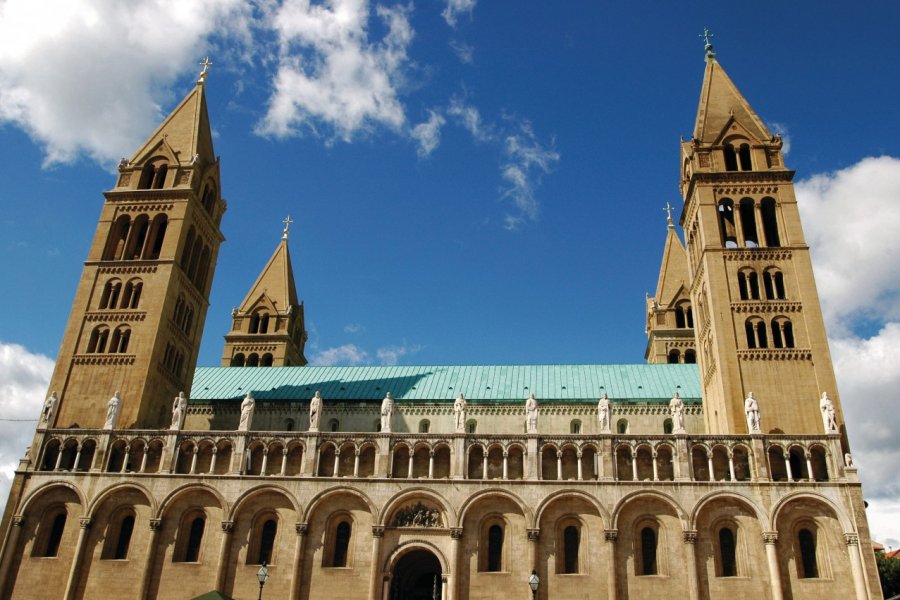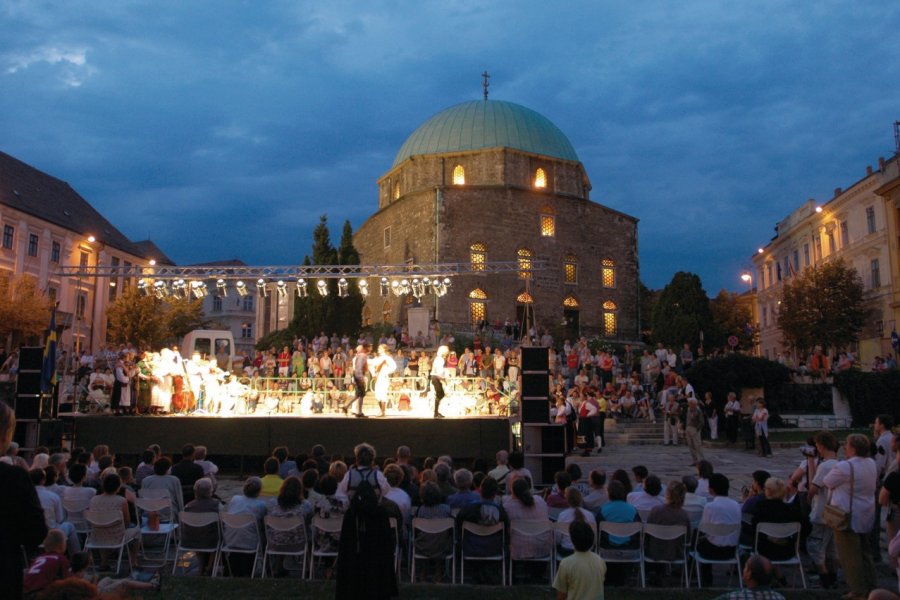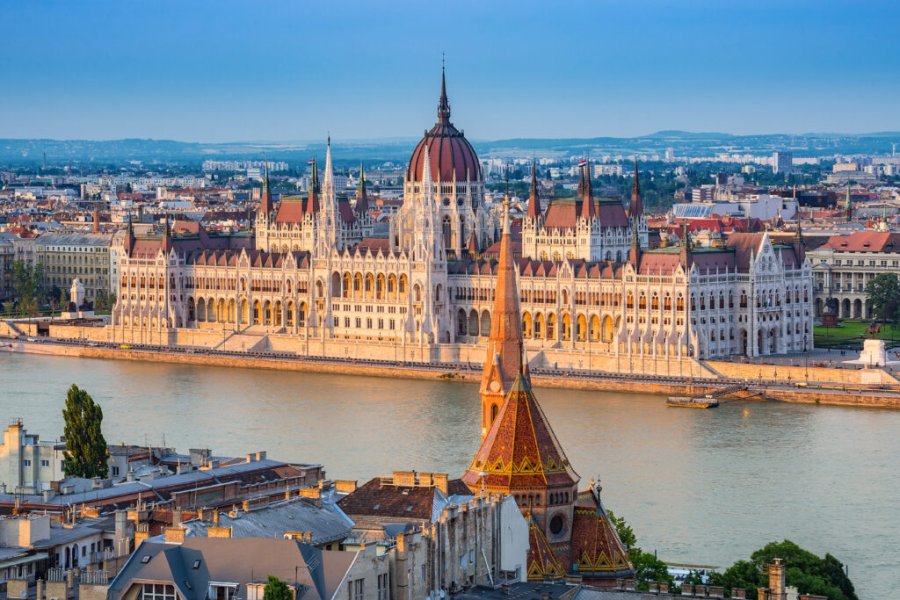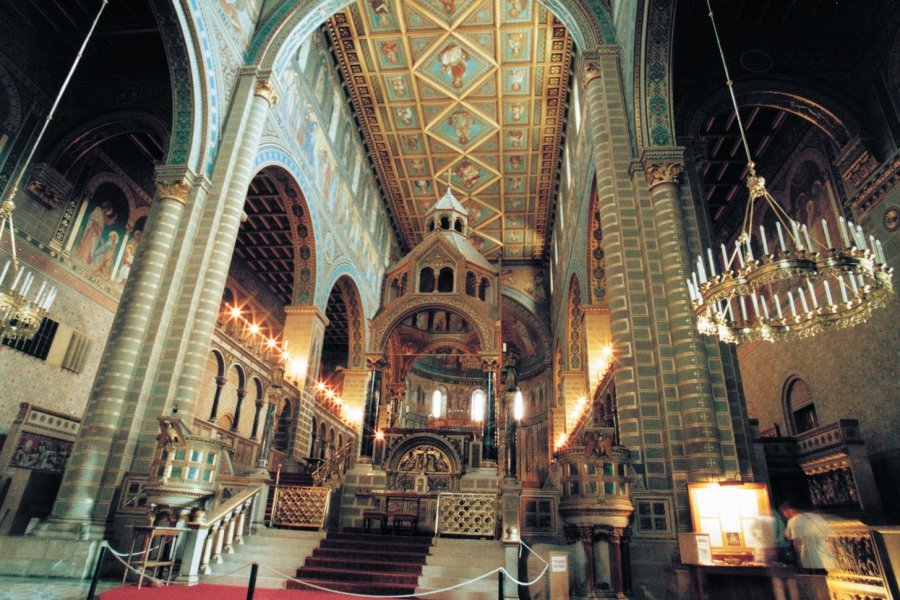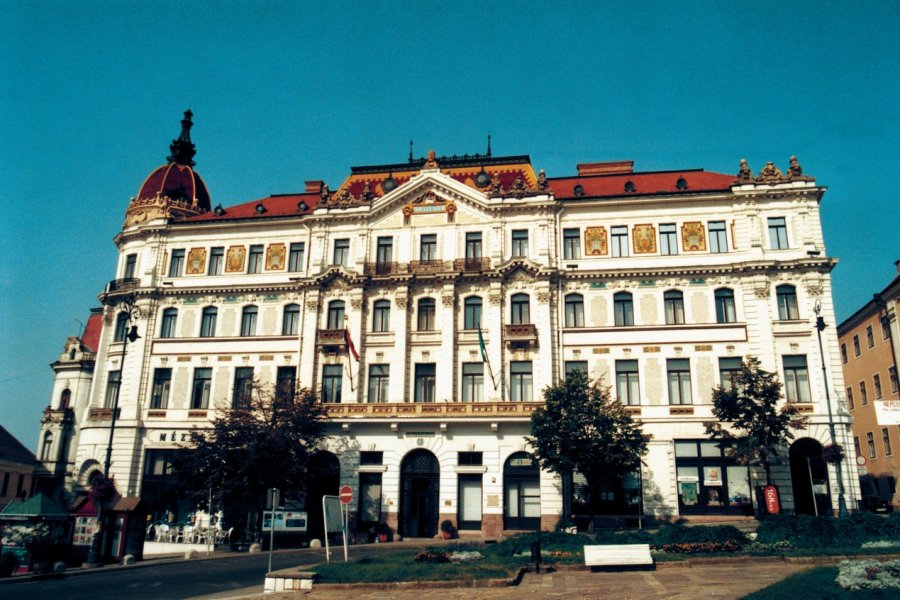Travel Guide Pécs
Find an accommodation
Advertising
With its 145,000 inhabitants, Pécs is the fifth largest city in Hungary. A crossroads of Eastern and Western civilizations, Pécs is a city of art, culture and education, as evidenced by its many museums and universities. Even today, Swabian, Serbian and Croatian minorities live there in peace in the same neighbourhood. Proud of its title as European Capital of Culture in 2010, Pécs continues to improve day by day: the projects planned for the event have since been finalised. The city, which has become largely pedestrianised, is even more lively than before!The most Turkish of Hungarian cities. The city was founded more than two thousand years ago. The first dwellings were established there by the Celts who arrived from the Rhine region in the 4th century BC. However, the most important remains date back to the Roman Empire, when Pécs was the centre of the province of Sopianae. A city had been founded there under the reign of Emperor Hadrian in the 2nd century. It was during the reign of Marcus Aurelius (276-282) that the vine was introduced into the region. The vineyard slopes of the Mecsek Mountains overlooking the city produce sparkling wine from Pécs. Below the city lies a five-storey labyrinth of cellars dating from the 15th century. From this period, the remains of the necropolis, classified as a UNESCO World Heritage Site, remain. After the fall of the Roman Empire, it was the Huns and, later, the Avars who settled in the region.When the Magyars founded the State of Hungary, King Szent István created a diocese in Pécs in 1009. Pécs then became an ecclesiastical centre called "Quinque ecclesia" (the five churches). The first university in Hungary, the fifth in Europe, was founded in Pécs in 1367 by the Hungarian King Louis the Great. Today it is named after Janus Pannonius, in honour of this great Hungarian Renaissance poet (of Latin expression), originally from the region, who was Bishop of Pécs from 1459 to 1472.Given its geographical location, the city was predestined to fall, one day or another, into Turkish hands. Following the Battle of Mohács in 1526, the Turks transformed Pécs into a typically Eastern trading city.The stones of St. Bartholomew's Church in the central square were used to build two dzsamis (mosques), one for the Pasha Gázi Kászim and the other for the Pasha Jákováli Hasszán. The türbe (tomb) of a famous scientist, Idrisz Baba, was an important place of pilgrimage for the Turks (and still is today). After the Turkish reign in the 18th century, Pécs was granted the title of free royal city and took a new lease of life. At the same time, Austrian Baroque appeared in the country and a large number of palaces and manor houses were built.A long tradition of craftsmanship encouraged industrialization in the 19th century (porcelain making, leather work and leatherwork). The famous Zsolnay factory (whose tiles cover most of the country's dazzling Secession style buildings) was established in Pécs in 1854, a glove factory followed seven years laterA lively university city. Pécs is often considered as the most attractive city in Hungary after Budapest. Located in southern Hungary, at the foot of the Mecsek hills bordering the Dráva plain, it is a city surrounded by vineyards with a southern atmosphere. Due to its mild climate, almond and fig trees grow in the old gardens, in the heart of the historic city centre surrounded by a double defensive wall.Orientation in the inner city is facilitated by its oval shape, delimited by the old ramparts built after the Mongol invasion in the 13th century. The main street, Irgalmasok utca, which descends from Széchenyi tér square, cuts this oval in two. Perpendicular to it, the very pretty pedestrian street, Király utca, is lined with old baroque houses, some of which have been converted into very lively tea rooms and pubs. Széchenyi tér and Dóm tér squares are two important centres of the old city. The first, which forms the heart of the city, is built from the hills that rise quickly behind it. Bordered by historical monuments - some of which are decorated with Zsolnay ceramics - it is dominated in its middle by the largest mosque in Europe. This one, now transformed into a church, was built under Turkish occupation. Islam has left its mark on many of the city's buildings, as has the coexistence of Serbian and Croatian cultures. The Dóm tér square is the setting for the 11th century Cathedral of Saint Peter. The city is built against hills, in which campsites are hidden. The highest peak is topped by a television tower, with a panoramic restaurant. On summer evenings, in the main square, where the local youth live, there is a Mediterranean atmosphere. Called the "city of universities", Pécs is a very lively cultural centre, with thousands of students attending its various schools and higher education institutions.
What to visit Pécs?
Advertising
Weather at the moment
Advertising
Organize your trip with our partners Pécs
Transportation
Book your plane tickets
Car Rental
Boat rental
Accommodation & stays
Find a hotel
Holiday rental
Find your campsite
Tailor-made trip
Immersion travel
Services / On site
Activities & visits
Find a doctor
